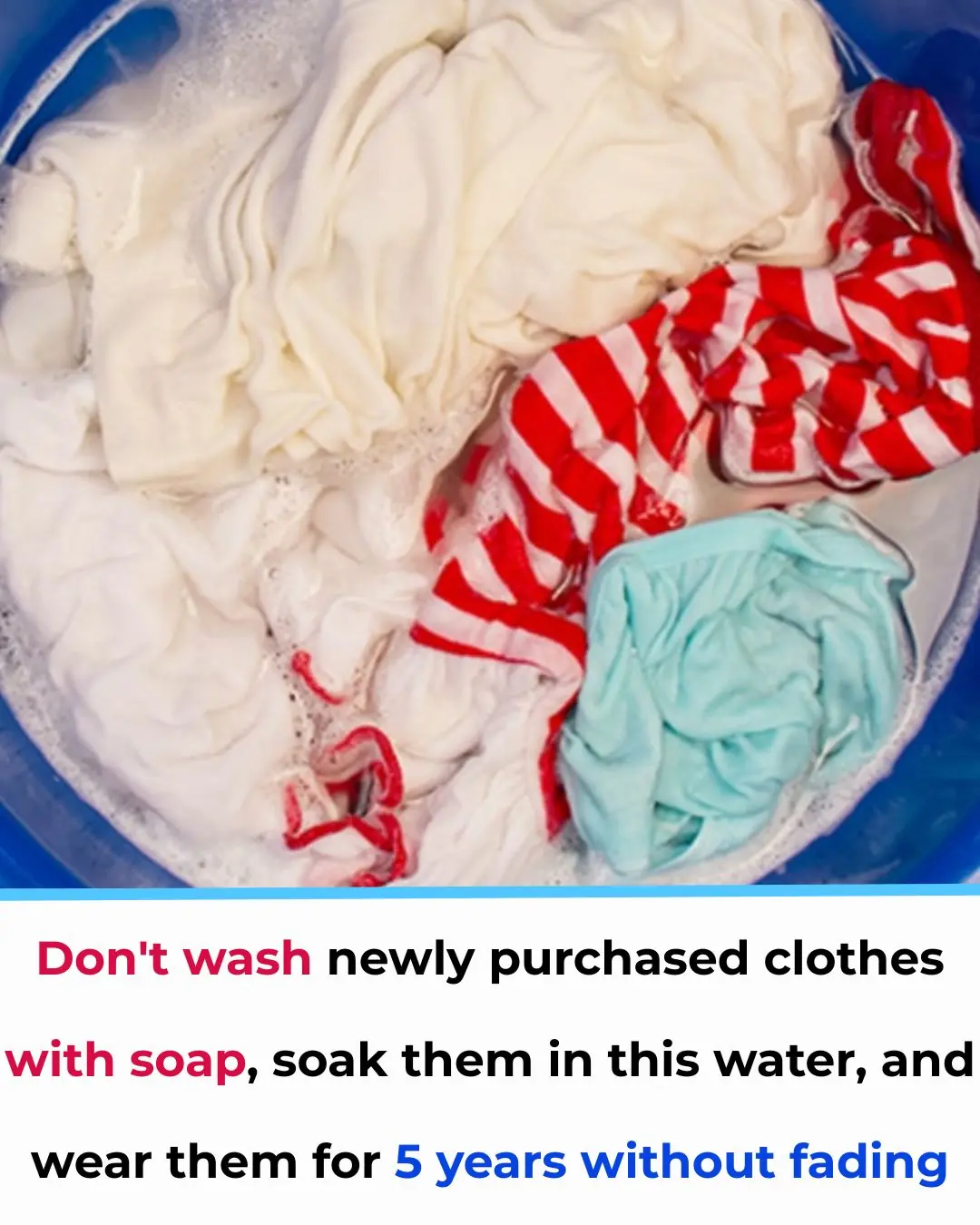
My nana taught me this hack to defrost icy freezers in 5 mins with 0 work. Here’s how it works
For many of us, the freezer is an indispensable part of our kitchen, safeguarding our food, preserving leftovers, and ensuring we always have ice ready for our favorite drinks. However, one common problem that plagues nearly every household freezer is the buildup of ice. Over time, this icy layer can shrink storage space, reduce efficiency, and make accessing your items a frustrating ordeal. Picture this: you’re in a hurry, need a crucial ingredient, but a frozen drawer won’t budge. Annoying, right?
In a world where convenience matters more than ever, spending hours chipping away at ice or waiting for it to melt slowly is far from practical. Luckily, my nana shared an ingenious hack that can defrost a freezer in as little as five minutes with minimal effort. This method is rooted in simplicity, resourcefulness, and a touch of old-school wisdom. In this guide, I’ll explain exactly how it works, why it’s effective, and how you can benefit from it too.
1. The Problem with Icy Freezers
Ice buildup is a widespread issue in freezers, typically caused by warm air sneaking in and meeting the cold interior. This causes condensation, which freezes over time, gradually forming thick layers of ice. Excess ice reduces your freezer’s efficiency, forcing it to work harder and consume more energy. This not only drives up electricity bills but may also lead to costly repairs if ignored.
On average, a freezer that isn’t regularly defrosted can lose up to 20% of its storage capacity due to ice accumulation. That’s less space for your groceries and more time spent reorganizing frozen items. Ice can also damage the door seals, letting even more warm air in, which worsens the problem and accelerates energy waste.
2. Why Quick Defrosting Matters
A fast defrosting method is crucial for maintaining your freezer’s efficiency and longevity. Traditional defrosting can take hours—or even a whole day—which is inconvenient for busy households. During this time, frozen foods may begin to thaw, leading to potential spoilage and unnecessary waste.
Quick defrosting also prevents the need for aggressive scraping or chipping at ice, which can scratch or damage the interior surfaces of your freezer. By using a rapid method, you minimize downtime, restore optimal functionality swiftly, and keep your food safe.
3. Nana’s Timeless Defrosting Hack
My nana’s method is wonderfully simple. All it requires is a pot of boiling water and a little patience. Here’s how it works:
-
Boil a large pot of water on the stove.
-
Carefully place the pot inside the freezer and close the door.
Within five minutes, the steam from the hot water softens the ice, causing chunks to loosen and slide off surfaces. No scraping, no chemicals, and no damage—just the natural power of steam working its way into every nook and cranny. Even the most stubborn ice is addressed, and you’re left with a clean, frost-free freezer in no time.
4. The Science Behind the Hack
The effectiveness of this method comes from the properties of steam. When the pot of boiling water is placed in the freezer, the steam rapidly warms the interior air. Ice, which forms below 32°F (0°C), starts melting as the surrounding temperature rises.
Steam is particularly efficient because it can reach areas that direct heat cannot, such as tight corners, crevices, and behind wire racks. As the steam condenses on these cold surfaces, it releases heat energy directly to the ice, accelerating the melting process and ensuring even hard-to-reach areas are cleared.
5. Materials Needed
You only need a few simple items:
-
A large, sturdy pot
-
Water
-
A stove to boil the water
-
A towel or cloth to wipe up water after melting
Make sure your pot is safe for handling boiling water and can sit securely in the freezer without tipping. Having a towel on hand prevents puddles and helps keep the interior clean and dry after defrosting.
6. Step-by-Step Defrosting Guide
-
Turn off your freezer or set it to defrost mode, if available.
-
Boil a large pot of water on the stove until it produces a strong, steady stream of steam.
-
Place the pot inside the freezer carefully, ensuring it is stable on a flat surface.
-
Close the freezer door and allow the steam to work its magic for about five minutes.
-
Open the door and use a towel to wipe away loosened ice and any residual water.
-
Repeat the process for stubborn patches if necessary.
-
Dry the interior completely before turning the freezer back on.
This quick, five-minute routine can save you hours compared to traditional methods.
7. Maintaining Your Freezer Post-Defrost
After defrosting, take steps to prevent future ice buildup:
-
Inspect door seals and replace them if damaged to prevent warm air from entering.
-
Avoid placing hot or warm items directly into the freezer.
-
Arrange items for proper airflow and check periodically for ice formation.
Regular maintenance keeps your freezer efficient, extends its lifespan, and reduces energy bills.
8. Common Mistakes to Avoid
Some common errors to avoid include:
-
Using sharp tools to chip ice, which can damage the interior.
-
Forgetting to unplug or turn off the freezer before defrosting, which wastes energy.
-
Leaving the pot of boiling water unattended, which can create excess moisture or water damage.
Monitoring the process carefully ensures the best results and keeps your freezer safe.
9. Comparing Other Defrosting Methods
Other popular methods include using a hairdryer or a fan, or chemical defrosters. While these work, they often require more time and effort. A hairdryer must be directed carefully, fans can take hours, and chemicals may introduce harsh substances into your kitchen.
In contrast, nana’s steam method is:
-
Natural
-
Quick
-
Requires minimal equipment
-
Safe for all freezer types
10. Benefits of a Frost-Free Freezer
A frost-free freezer offers:
-
Consistent energy efficiency
-
Optimal storage capacity
-
Reduced risk of food spoilage
-
Minimal need for manual defrosting
-
Longer appliance lifespan due to less wear on components
With a frost-free interior, your freezer works smarter, not harder.
11. Frequently Asked Questions
Q: Can this method be used for both chest and upright freezers?
A: Yes! As long as you can safely place the pot inside, it works for both types.
Q: How often should I defrost my freezer?
A: Generally, every six months or whenever you notice significant ice buildup.
Q: What if the ice doesn’t fully melt after one attempt?
A: Simply repeat the process for stubborn ice. Always monitor the melting and wipe away water to prevent puddles.
12. Extra Tips for Long-Term Ice Prevention
-
Keep the freezer door closed as much as possible.
-
Avoid overfilling, which blocks airflow and encourages condensation.
-
Periodically check the freezer temperature; the ideal range is 0°F (-18°C) for safe, efficient storage.
-
Consider using airtight containers to reduce moisture inside the freezer.
Following these practices can help maintain a clean, frost-free freezer year-round.
News in the same category

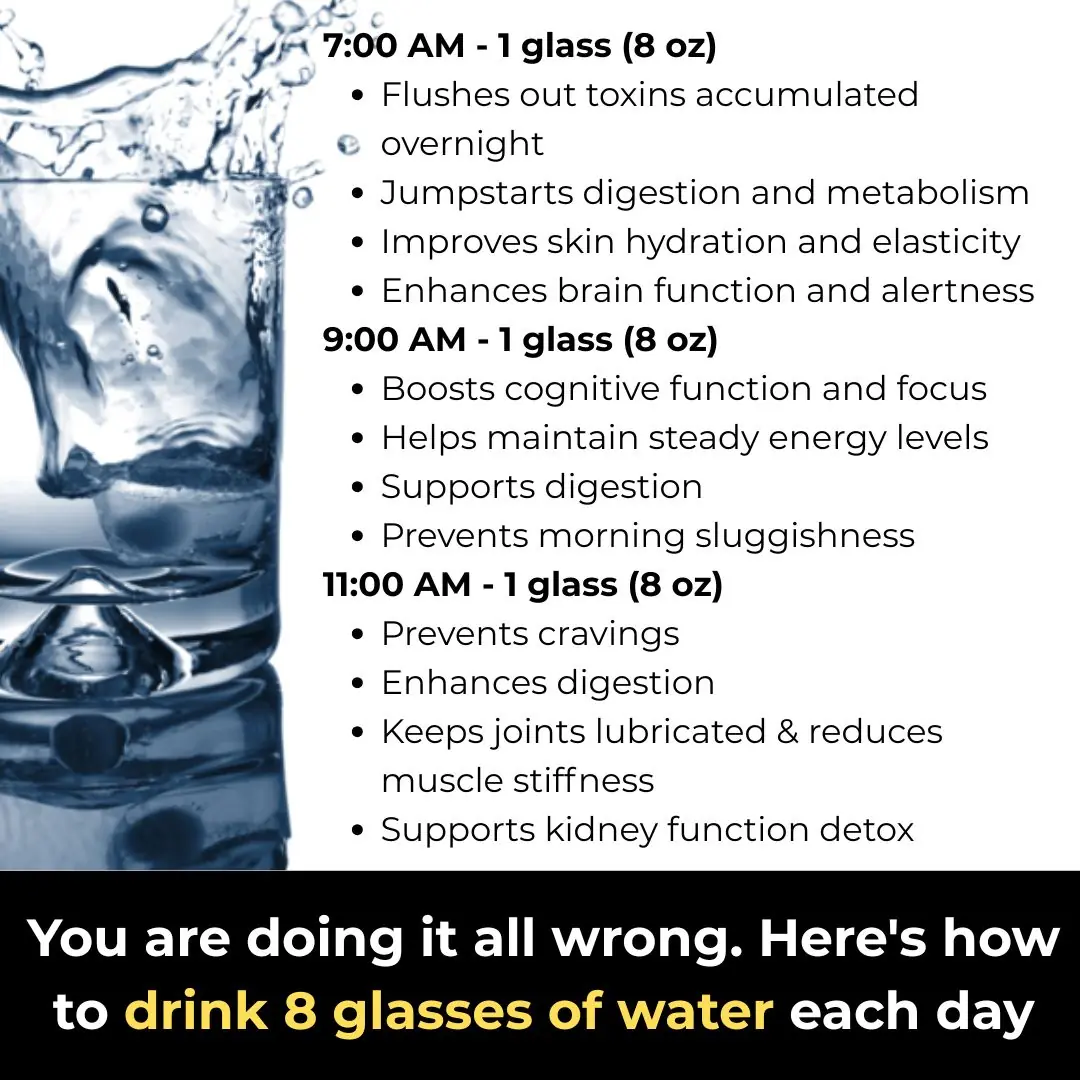
You are doing it all wrong. Here's how to drink 8 glasses of water each day
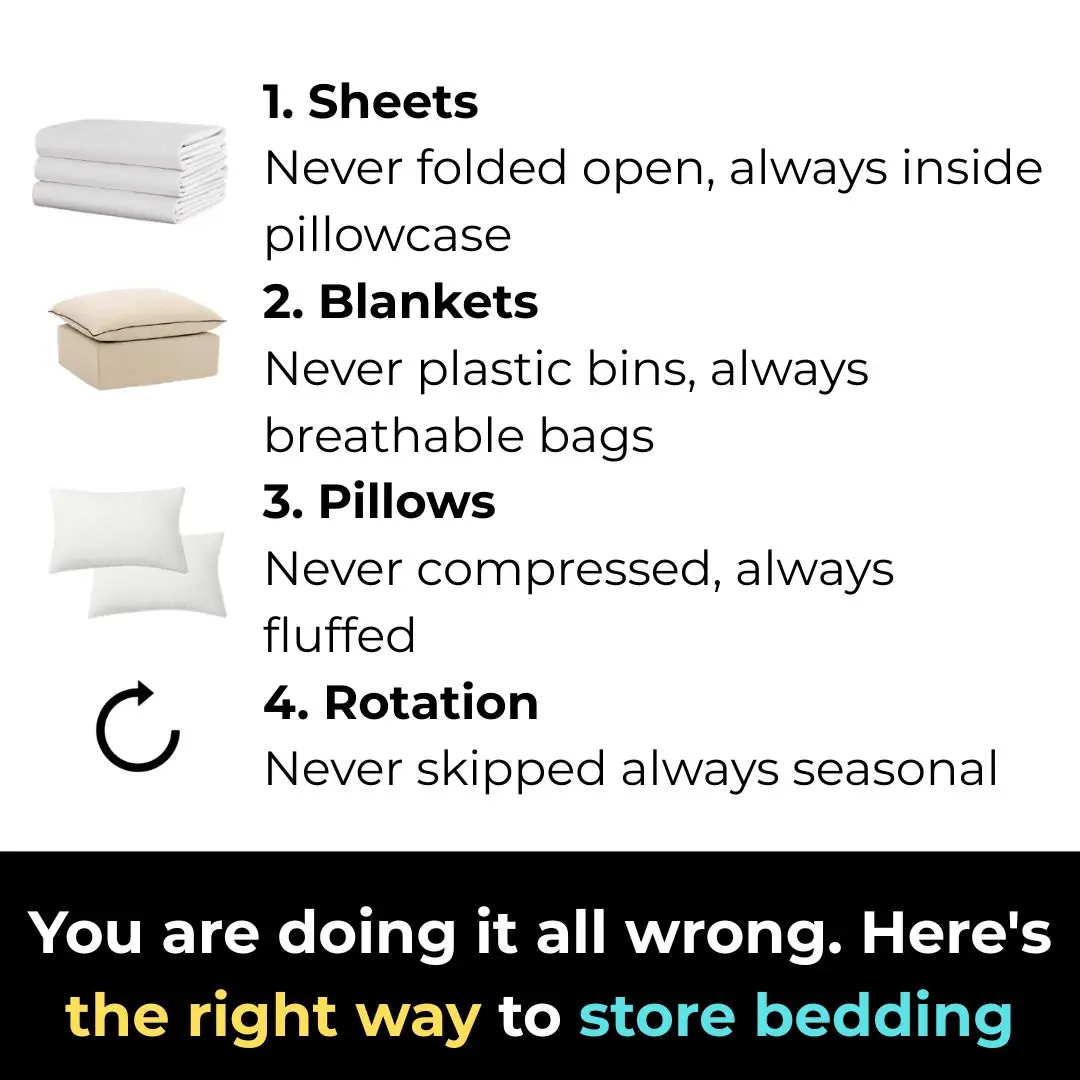
You are doing it all wrong. Here's the right way to store bedding
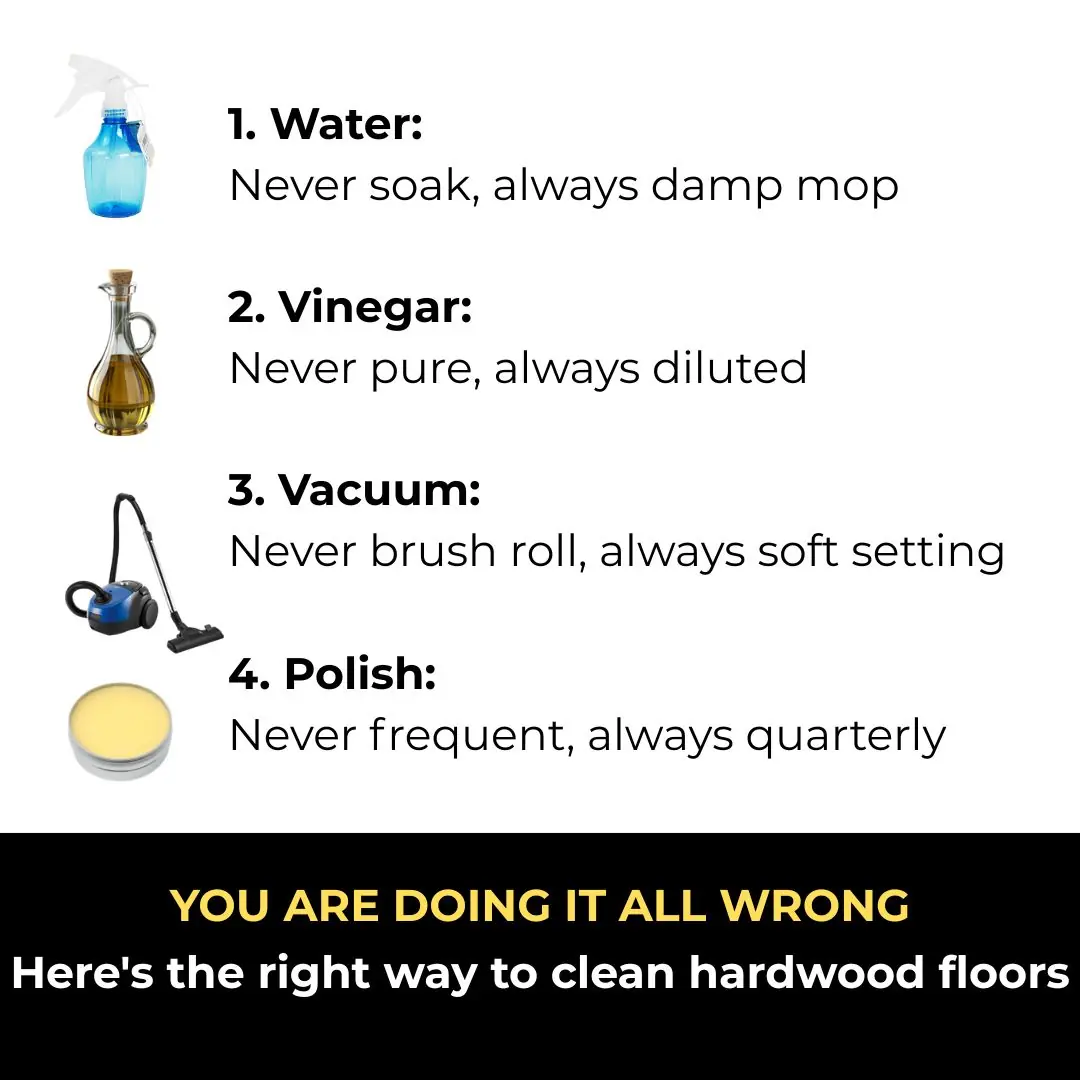
You are doing it all wrong. Here's the right way to clean hardwood floors Georgia Lynn Contributing Writer

My nana taught me this hack to deodorize trash cans in 2 mins with 0 work. Here’s how it works
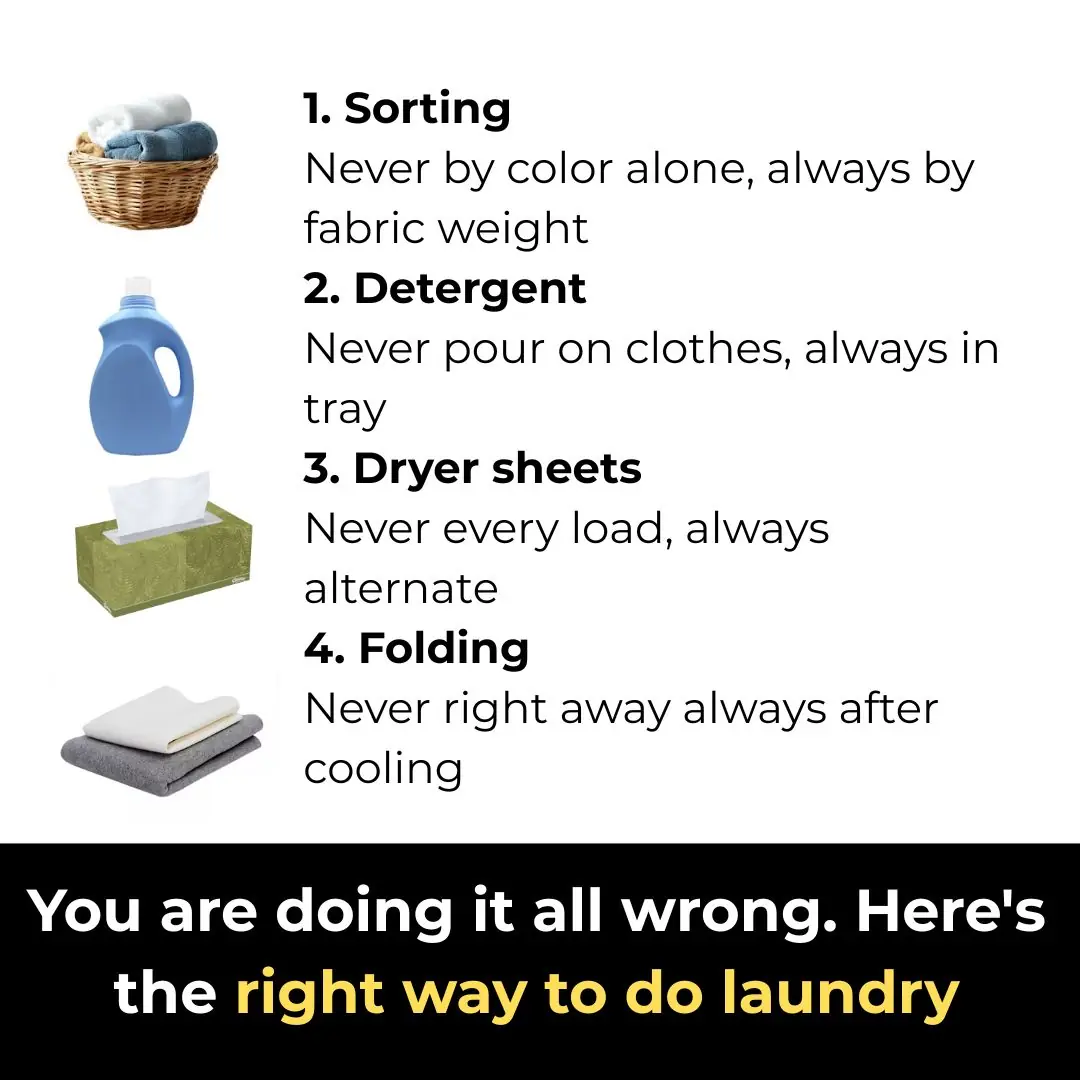
You are doing it all wrong. Here's the right way to do laundry
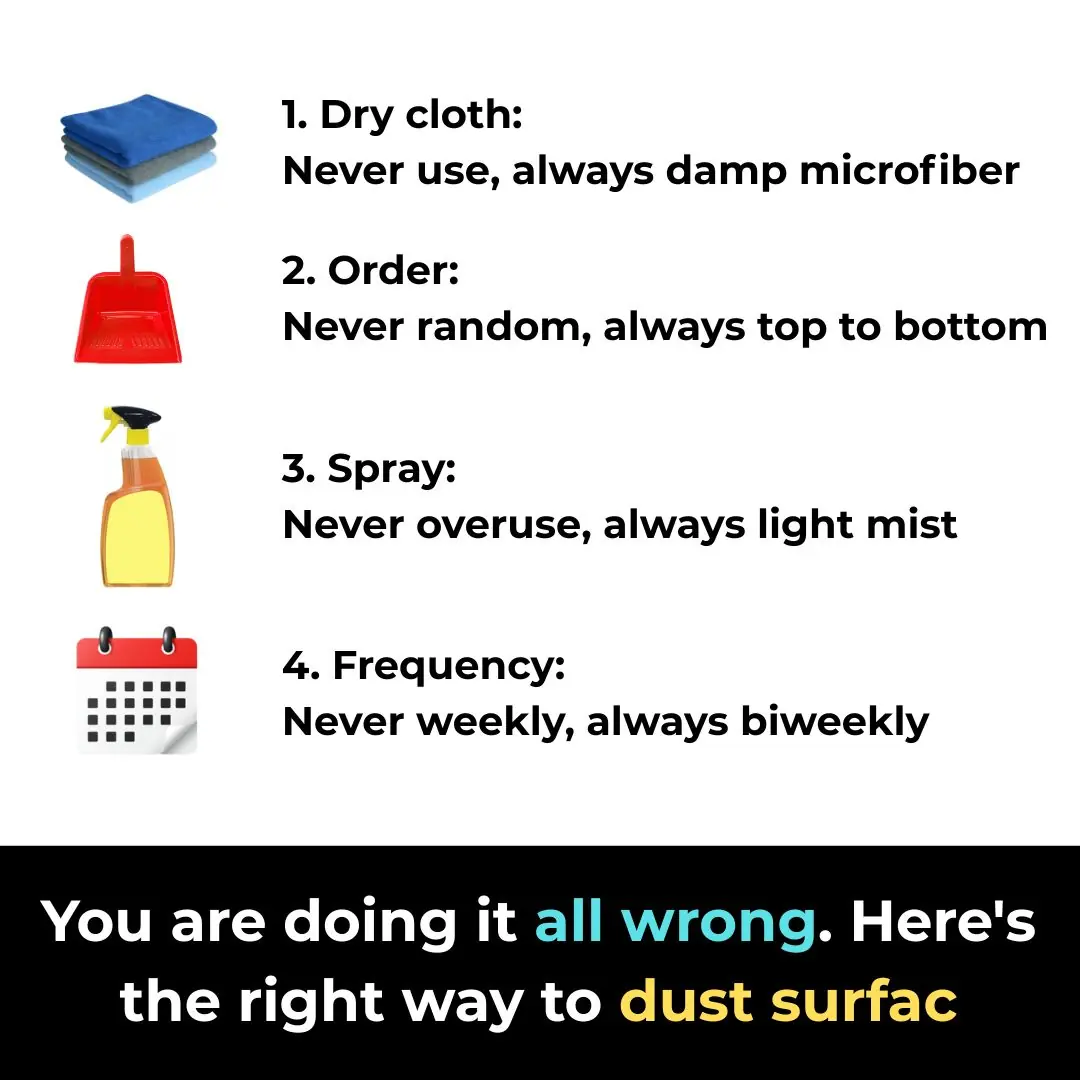
You are doing it all wrong. Here's the right way to dust surfaces

Whoa, had no clue about this!

My nana sure was a clever woman!

You are doing it all wrong. Here's the right way to store spices
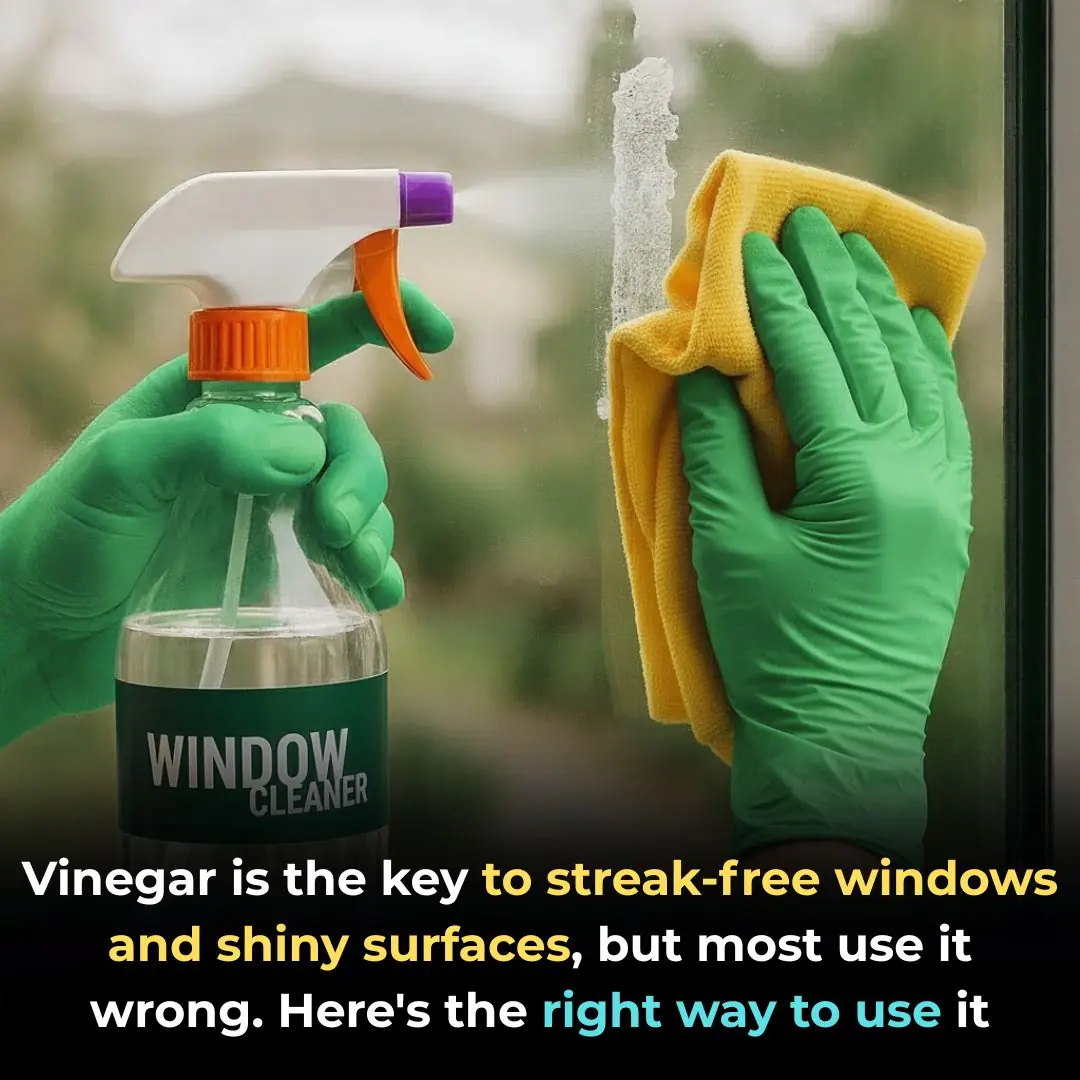
Vinegar is the key to streak-free windows and shiny surfaces, but most use it wrong. Here's the right way to use it

Don't hesitate to eat jackfruit seeds, 10 amazing benefits recognized by customers: Relieves constipation, enriches the blood, prevents cancer

How to wash and condition your hair with beer to reduce hair loss and continuously stimulate new hair growth

How to grow lemon in pots to produce abundant fruit all year round, more than the whole family can eat

Cooking sticky rice by just adding water isn’t enough: Follow this method and your sticky rice will be soft and chewy, cutting the cooking time in half.

Japanese doctor loses 21kg and cures fatty liver just by replacing rice with eggs – a secret anyone can follow

5 ways to quickly and cleanly sweep away cobwebs, preventing them from coming back

How to store grapefruit for Tet without wilting or rotting, grapefruit is very sweet when in water

Tips to make boiled banh chung cook quickly and stay green naturally
News Post
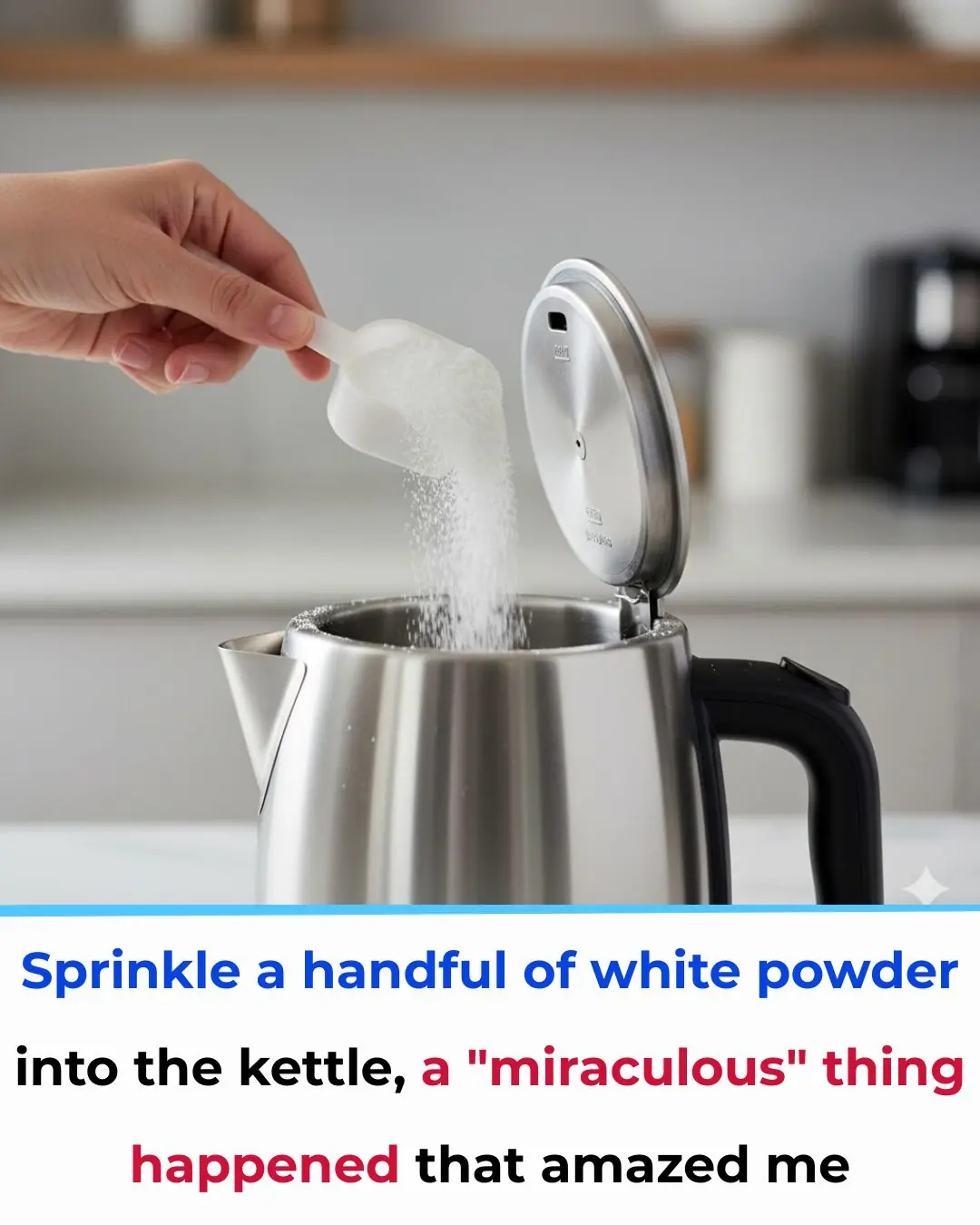
Sprinkle a Handful of White Powder into Your Kettle—The “Magical” Result Will Astonish You

Don’t Wash New Clothes with Soap—Soak Them in This Instead, and They’ll Keep Their Color for 5 Years

Here’s What Really Happens To Your Body If You Drink Diet Soda
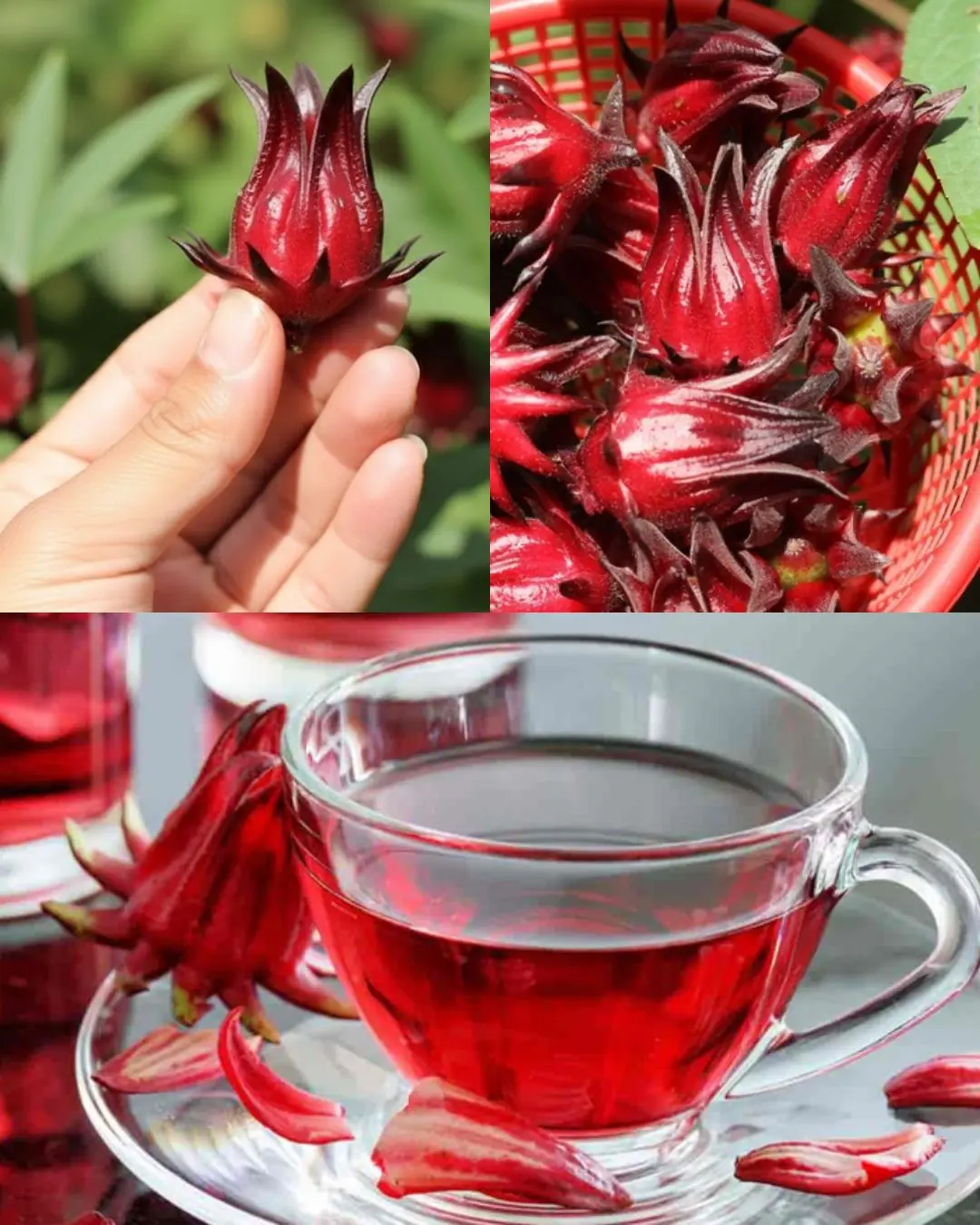
Roselle: The Scarlet Herbal Treasure with Powerful Health Benefits

Clove-Infused Honey Power: A Natural Wellness Booster You Can Make at Home

Best DIY to regrow new hair on your bald patch

Natural Hair Darkening with Coffee and Cornstarch: A DIY Treatment for Grey Hair and Healthy Scalp
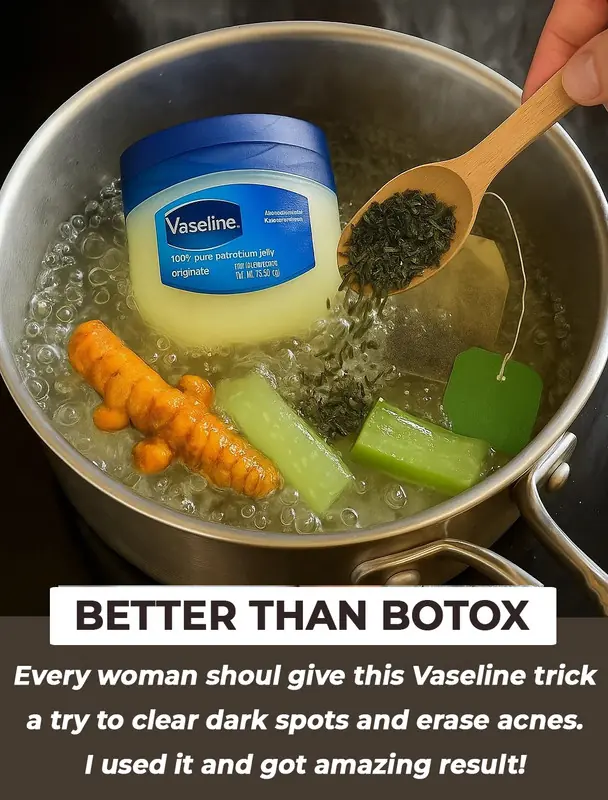
DIY Botox With Vaseline: A Natural Anti-Aging Remedy for Wrinkles, Fine Lines, and Age Spots

CCF Tea to Burn Belly Fat

Best Bridal Ubtan & Face Packs

DIY Clove Oil for Skin Tightening: A Natural Anti-Aging Remedy for Wrinkles and Fine Lines

Turmeric Eye Mask for Dark Circles: A Natural Remedy for Brighter, Youthful Eyes

Rice Water for Skin | DIY Toner Benefits to Remove Dark Spots & Shrink Large Pores

Best Anti-Ageing Cream with Vaseline and Tomato

Collagen-Boosting Herbal Tea Recipe: Natural Anti-Aging Drink for Youthful, Glowing Skin

Golden Recipe to Boost Hair Growth Naturally: This Powerful Herb-Infused Hair Oil Can Stimulate Hair Growth and Prevent Hair Loss

Japanese Secret Face Wash – 7 Days Challenge For Brighter Skin

You are doing it all wrong. Here's how to drink 8 glasses of water each day
